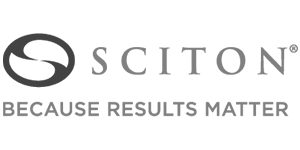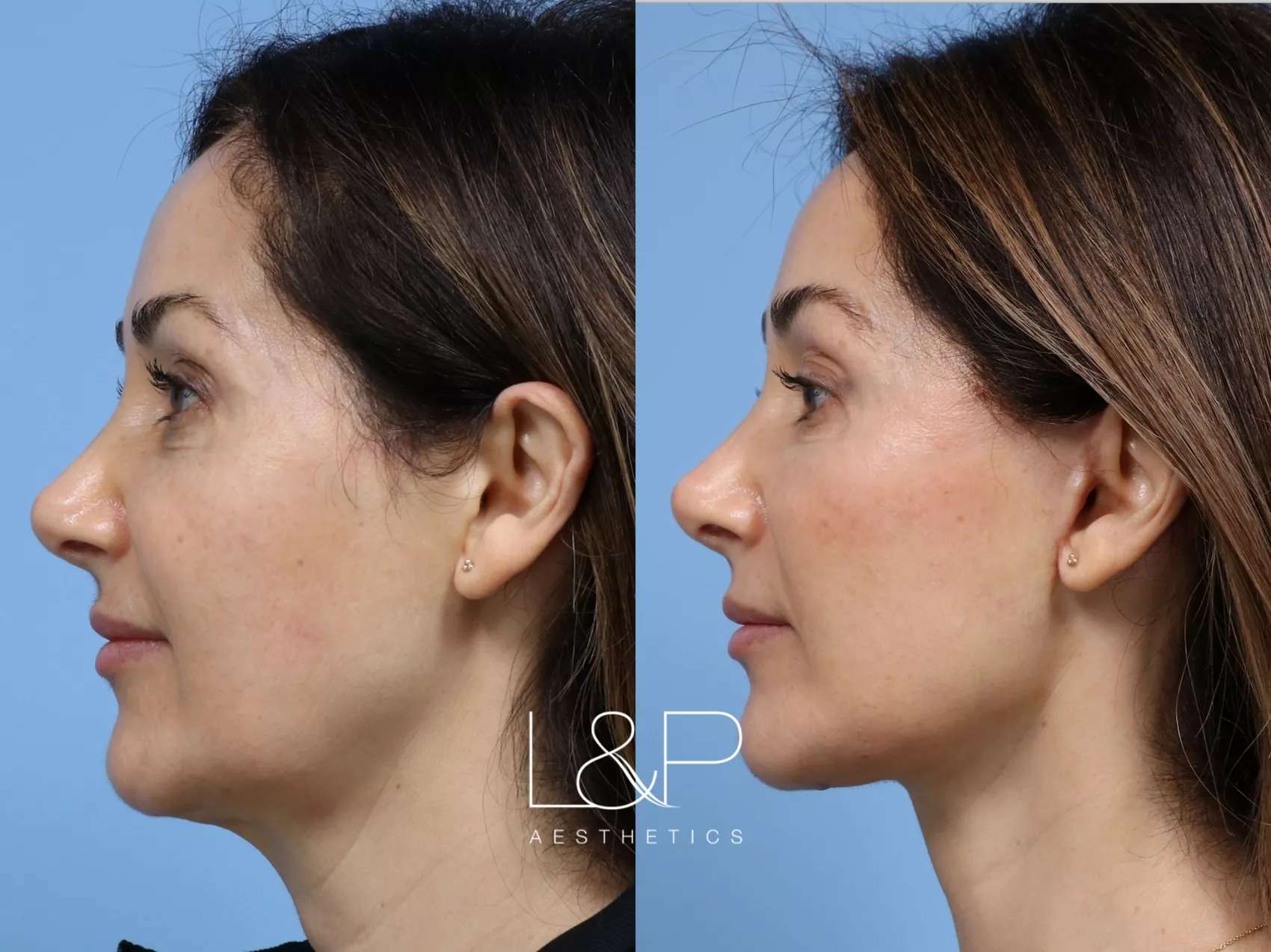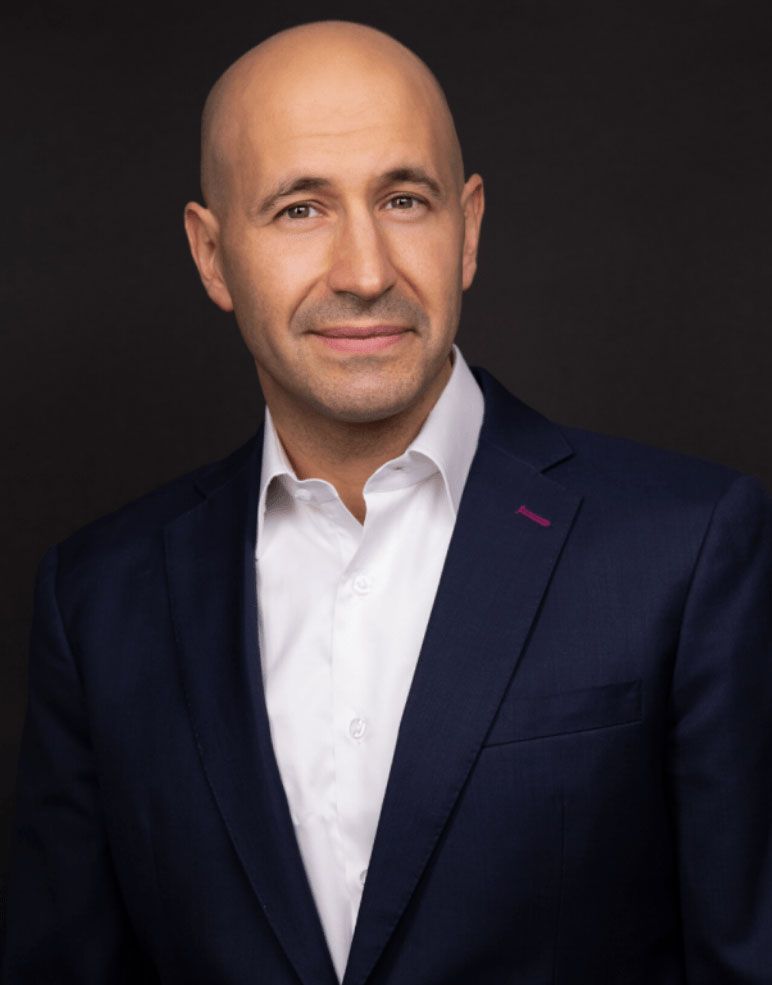What Is An Angle of Jaw Implant or Jaw Augmentation?
Angle of jaw implant surgery, also known as jaw angle augmentation, is a cosmetic procedure to enhance the shape and definition of the jawline. This surgical technique involves the placement of implants along the jaw angles to create a more angular and well-defined jawline. This procedure is suitable for individuals seeking to enhance their jawline contour and achieve a more aesthetically pleasing facial profile.
A jawline that starts at the earlobe and extends down to the jaw angle is considered aesthetically appealing for both men and women. However, not all of us are genetically gifted with this ideal bone structure. An angle of jaw implant or jaw augmentation is a procedure Drs. Lieberman, Parikh, and Curti used to refine the jawline for an overall balanced and attractive look for the face. The surgeons perform angle of jaw implant surgery at our Palo Alto location and hold consultations at our Los Gatos, CA, location, as well.

Every person is our top priority
Trust Your Beauty To An Award-Winning Team of Aesthetic Experts
America’s Best Plastic Surgeons by Newsweek, 2024
Best Plastic Surgeons by Palo Alto Weekly, 2024
Best of Silicon Valley Magazine for Plastic Surgery, 2024
Castle Connolly Top Doctors of San Francisco Bay Area, 2024
New Beauty Top Doctors, 2024
What to Expect During Jaw Augmentation Surgery
Angle of jaw implants are made of silicone, a solid but pliable material, which are inserted in the back of the mouth. Our surgeons make small, intraoral incisions that don’t leave visible scars and set the implants along the original angles of the jaw and under the masseter muscle to cover most of the implant. Usually, the implant will be held in place by a small screw, 6 mm to limit the chance of implant displacement. Implant displacement is unlikely, but possible during the initial healing period.























Why Choose L&P For Your Jaw Implants?
No matter what type of jaw you desire, it is possible to achieve the look with a jaw implant created by our facial plastic surgeons who highly trained in facial anatomy and understand the subtleties of facial beauty. Using 3D imagery, your surgeon will work directly with the manufacturer to create a custom 3D-printed jaw implant to meet your cosmetic goals.
Drs. Lieberman, Parikh, and Curti are part of a select group of surgeons who are qualified to perform this procedure. During your facial consultation, your surgeon will review all of the options available for enhancing your jawline and determine if you are in fact a good candidate for jaw augmentation.

An additional benefit of having surgery with L&P Aesthetics is access to The iO Clinic’s Surgical Recovery Package designed by Drs. Lieberman, Parikh, and Curti. This post-operative recovery protocol enhances your overall recovery, speeds up the recovery timeframe and improves your long-term results.
Jaw Implant Before and After Gallery
View real results from real patients below.

#1 L&P Signature Facelift
This patient had out L&P Signature Deep Plane Facelift and Neck Lift with tissue contouring, a lower blepharoplasty, a limited fat transfer, and a chin implant. Yes, that is a handful of procedures, but look at how natural her outcome is. We wanted to focus on maintaining volume while contouring deep tissues for a youthful appearance.

#2 L&P Signature Facelift
We are performing our L&P Signature Facelift and Neck Lift on more men than ever. In this case Drs. Lieberman and Parikh combined it with tissue contouring and a fat transfer to strengthen his jawline and restore facial volume that is lost over time.

#3 L&P Signature Facelift
Our gorgeous practice manager got her own L&P Signature Facelift and Neck Lift. It is easy to say that no one needs a facelift, which is true, but these results bring back confidence that our patients have been missing for years. She looks so natural and beautiful with her glow up from Drs. Lieberman and Parikh.
Jaw Augmentation Recovery and Beyond
People with concerns about the width of the jaw, the length of the jaw or the chin can benefit from jaw augmentation. Patients often come to our practice, wanting to make a change, but many are not aware of the angle of a jaw implant option.
Usually, in the younger population, the concern is that their jaw looks under-pronounced in selfies or in their profile view. For the older population, the most common concern is a weak chin or weak jawline that presented with the aging process. Sometimes this population is also concerned about sagging of the neck, jowling and the formation of wrinkles of the lower face and neck.
Jaw Implant FAQs
During a “liquid facelift” or full facial rejuvenation, our facial plastic surgeons, as well as our cosmetic nurse injectors, use dermal fillers to enhance a jawline. Most often, they use JUVÉDERM VOLUMA® because it is thick and lasts longer than many fillers. While dermal fillers are temporary, they require no downtime.
However, some patients desire a more permanent solution and should consider jaw augmentation surgery. At L&P Aesthetics, both dermal fillers and a jaw augmentation surgery are available to patients and the route you choose will depend on your goals, budget and timeline.
Many of Drs. Lieberman, Parikh, and Curti’s patients receive angle of jaw implants in combination with chin implants or cheek augmentation as a way to achieve the most natural and pleasing results during a comprehensive facial rejuvenation.
Patients who are hoping to slow back the hands of time may, in fact, need a facelift but a jawline enhancement with custom facial implants can be conducted all in the same procedure.
Enhancing the angles of the jaw is a powerful way our surgeons are able to naturally transform your face into one that you find aesthetically pleasing.
As fellowship-trained, board-certified surgeons in Palo Alto and Los Gatos, CA, we work exclusively on the face and neck. We perform all facelift variations including the deep plane facelift and mini facelift for our San Francisco Bay Area patients. A good facelift should not only address the skin but also lift and tighten the deep tissues and facial muscles. Our experience and comfort level when performing facelift and neck lift procedures allow us to address the deep structures using smaller incisions and create natural-looking, long-lasting results with a typically shorter recovery period. At L&P Aesthetics, our goal is to design a treatment plan that is right for your face.
How Much Does a Facelift in San Francisco Cost?
Since there are a variety of facelift options in terms of method and scope, and each is applied as part of an individualized plan, there is no standardized cost for the surgery. You will discuss the potential extent of any surgery or other treatment, as well as the projected cost, at your consultation.
What Is Facelift Surgery?
A facelift is a plastic surgery procedure that addresses aging of the lower 2/3 of the face, which includes the cheek area, jowls, and neck.
How Does Aging Affect the Face?
Over time, gravity affects the facial skin, muscles, and connective tissues, causing them to droop. The loss of facial volume, coupled with these changes, leads to the formation of:
- Jowls along the jawline
- Deep folds in the cheek (nasolabial folds) and alongside the mouth (marionette lines)
- Hollowing under the eyes
- Excess fat and skin under the chin (double chin)
- Deep vertical folds in the front of the neck (banding)
This natural progression of aging has become increasingly difficult to accept because people are feeling much younger and energized with the advent of healthier lifestyles, cleaner diets, and improved medical care. Feeling much younger than you appear is addressed using a comprehensive approach to facial rejuvenation.
Meet Our Surgeons
Get to know our world-class, board-certified facial plastic surgeons, known for the precision of their work and consistently satisfied patients.
Who Is a Good Candidate for a Facelift?
Good candidates for a full facelift are women and men who are in good health and want to correct moderate to significant signs of aging in the face such as:
- Deep wrinkles on the cheeks and folds around the mouth
- Loose, sagging skin on the face and neck
- Noticeable jowls
- Volume loss in the cheeks and around the eyes
People with mild to moderate facial aging may be candidates for a less invasive procedure. Our surgeons help each patient choose the procedure that is the best fit for their cosmetic needs and goals.
L&P Signature Facelift Videos
What Is the Angle of the Most Natural Lift?
In staying up to date with the latest advances in facial cosmetic surgery, Dr. David M. Lieberman, Dr. Sachin S. Parikh, and Dr. Steven A. Curti take each patient’s facial features into account when crafting a surgical plan. This extends to calculating the optimal vectors for lifting the face and neck to achieve as natural a result as possible; tightening the facial skin using the correct angle can deliver the ideal surgical result for each individual patient. This intricate nuance will help the results appear as natural as possible while minimizing such undesired effects as pleating of the skin near the ears, bunching of the skin under the chin or the mid-face, or flattening of the mid-face that can occur if the skin is pulled in an overly vertical or horizontal direction.

Optimal vectors for achieving a very natural facelift result: in staying up to date with the latest advances in facial cosmetic surgery including facelift surgery, Drs. Lieberman, Parikh, and Curti take each individual patient’s facial features into account when crafting a surgical plan. This extends to calculating the optimal vectors for lifting the face and neck to achieve as natural a result as possible; tightening the facial skin using the correct angle (shown in the last of three illustrations above) can deliver the ideal surgical result for each individual patient*. This intricate nuance will help the results appear as natural as possible while minimizing such undesired effects as pleating of the skin near the ears, bunching of the skin under the chin or the mid-face, or flattening of the mid-face that can occur if the skin is pulled in an overly vertical or horizontal direction (as depicted in the first two illustrations).
What Is the Angle of the Most Natural Lift?
In staying up to date with the latest advances in facial cosmetic surgery, Dr. David M. Lieberman, Dr. Sachin S. Parikh, and Dr. Steven A. Curti take each patient’s facial features into account when crafting a surgical plan. This extends to calculating the optimal vectors for lifting the face and neck to achieve as natural a result as possible; tightening the facial skin using the correct angle can deliver the ideal surgical result for each individual patient. This intricate nuance will help the results appear as natural as possible while minimizing such undesired effects as pleating of the skin near the ears, bunching of the skin under the chin or the mid-face, or flattening of the mid-face that can occur if the skin is pulled in an overly vertical or horizontal direction.
Which Types of Facelifts Do You Perform?
Full Facelift/Neck Lift
A full facelift addresses both the skin and deeper tissues and muscles of the face and neck. As we progress through our 50s and 60s, the skin, soft tissue, and muscles of the face and neck start to sag in predictable ways. A full facelift can help reduce the signs of aging in the mid-face (cheek), lower face (jowl), and neck.
Midface Lift
A midface lift rejuvenates the cheek and eye area below the lower lid to the upper lip region. It’s performed through an endoscopic incision hidden in the hairline and diminishes the nasolabial folds, aging in the midface, and may also improve the jowl area.
Mini (Lower) Facelift/Neck Lift
A mini facelift, also called a lower facelift or a short-incision facelift, is typically combined with a neck lift to rejuvenate the jowl and neck area, but not the midface, by lifting sagging skin and muscles. Although it is often part of a full facelift, patients seeking minimal downtime may choose to have this procedure performed alone. Learn more in this blog post.
Nonsurgical Facelift
Patients seeking facial rejuvenation with minimal downtime may consider the nonsurgical facelift, a noninvasive technique for restoring youthful contours using FaceTite / AccuTite, injectable dermal fillers, and Ultherapy®. Cosmetic enhancements for your face can now be done in a comfortable office setting while you are awake. FaceTite / AccuTite, facial fillers, and Ultherapy® are excellent alternatives to sculpting and contouring your face when surgical interventions are not options.
Liquid Facelift
In patients with early signs of aging, BOTOX® Cosmetic and dermal filler injections can be performed together to provide a liquid facelift. This procedure smooths away wrinkles and restores volume to the cheeks, temples, under the eyes, and other areas for a subtle yet complete facial rejuvenation. Patients who choose a liquid facelift can return to daily life right away. The results last for months but are temporary.
Revision Facelift
Some patients may seek revision surgery following an initial facelift (secondary facelift) for additional facial rejuvenation or, in rare instances, to address dissatisfaction with their results from a previous surgery.
What Does a Full Facelift Do?
A full facelift with a neck lift is the gold standard for rejuvenation of the aging face. The primary objectives are to enhance and accentuate the youthful contours of the cheek, jawline, and neck. This procedure is done carefully, with meticulous attention to every detail, with an aim to deliver natural-appearing, youthful results and restore harmony to the aging face. A full facelift may also be combined with eyelid surgery, fat grafting, or a brow lift.
We perform a full facelift and neck lift utilizing minimally invasive techniques to go underneath the deeper tissues and muscles of the cheek (SMAS), face, and neck (platysma). These delicate layers of the face are considered the deep plane of the face. A deep plane facelift addresses both the skin and deeper tissues and muscles of the face and neck. We are experienced in techniques that are comprehensive but quicker in recovery than most traditional facelifts.
We are part of a select group of surgeons that can perform a deep plane facelift. This type of facelift is superior because it can restore the youthful harmony from the upper cheeks all the way to the neck. The rejuvenated areas include the:
- Mid-face (upper cheek below the lower eyelid)
- Nasolabial folds (diagonal lines in front of the cheek)
- Jawline (jowls)
- Neckline
This facelift is named the M.A.D.E. lift, which stands for “Minimal Access Deep Plane Extended” facelift.

How Is a Deep Plane Facelift Performed?
Dr. Lieberman, Dr. Parikh, and Dr. Curti are experienced facial plastic surgeons who perform facelift surgery routinely. Because of their work in this area, instead of a traditional facelift, they apply a state-of-the-art, advanced surgical technique that lifts and tightens the underlying tissue while repositioning fat for a multi-dimensional rejuvenating effect. Application of this technique results in a natural lift without the undesired “pulled” look and avoids flattening the cheeks.
Furthermore, a deep plane facelift provides an exceedingly natural result because it minimizes the amount of skin that is pulled and how tight it needs to be pulled (the tighter the skin is pulled the more risk of an unnatural result). With a deep plane facelift, the skin gets lifted with the deeper plane without being pulled too tight and thus avoiding the unwanted windswept appearance. Because muscles and fascia are also lifted, a deep plane facelift can be said to turn the clock back by repositioning your facial tissues where they used to be 10 to 15 years ago.
A full facelift and neck lift surgery can take as little as 2 hours to as long as 4 hours and can be performed under local anesthesia with the patient fully awake, twilight sleep (I.V. sedation), or general anesthesia. Most patients can return to work in 10 to 14 days with improving results over several months.
Full (Deep Plane) Facelift & Neck Lift Recovery
Bandage Removal
1 day
Suture Removal
4-10 days
Return To Work
10-14 days
75% Recovery
6 weeks
100% Recovery
6 months
To learn about how to care for your face after a Facelift, check out this video.
What Is a Midface Lift?
Each third of the face ages in a distinct fashion. Over the last 2 decades, treatment of the mid-third of the face, or midface, has received much attention in the surgical literature. As we age, the fullness of the cheek area (midface) starts to drop with gravity. This not only gives the cheek a more hollow look, but it also changes the appearance of the lower eyelid and creates deep grooves around the mouth. While this area can be addressed by certain facelift techniques, some patients will benefit most from a directed midface lift.
The procedure typically takes between 2 and 3 hours. Midface lifting is performed via an endoscopic approach using incisions hidden behind the hairline. As a midface lift is being performed, a lateral brow lift is performed simultaneously. As the soft tissue of the cheek is suspended to a more youthful position, the excess skin must be redistributed along the forehead and then into the hairline. Doing these procedures together allows a simultaneous rejuvenation of the cheek, the brow, and the forehead. Often the lower eyelids are addressed at the time of surgery, with a lower blepharoplasty to produce the most harmonious and youthful result. Although this procedure is minimally invasive, initial recovery may take 2 to 3 weeks with improving results over several months.
Midface Lift & Neck Lift Recovery
Bandage Removal
1 day
Suture Removal
7 days
Return To Work
2 weeks
75% Recovery
2 months
100% Recovery
6 months
Facelift Journey VIdeos
What Is a Revision Facelift?
We are specialists in revision plastic surgery including revision facelift surgery. Most revision surgery is done after the first facelift to maintain the youthful appearance of the original surgery. How long the results from the first facelift last depends on the type of procedure performed the first time.
There are rare circumstances where the first facelift can lead to an overdone or “pulled” appearance leaving the patient dissatisfied. If there is excessive tightness placed on the skin after the first surgery, this can lead to unsightly scarring, or distortion of key structures of the face such as the earlobes (“pixie ear”) or in the neck (“cobra” deformity). Due to our comfort level with all different types of facelift techniques, we are well suited to tackle any issues that may have arisen as a result of previous surgery. At your consultation, we will customize a plan based on your exam and your concerns.
Facelift
Frequently Asked Questions
While a facelift can rejuvenate the face by smoothing out wrinkles, the techniques aren’t intended to reduce blemishes, scars, redness, hyperpigmentation, or other such marks. Patients looking to even out their skin tone can choose skin resurfacing with chemical peels, dermabrasion, or lasers to improve the appearance of their age spots, melasma, acne scarring, and more. These treatments can be combined with a facelift for a more comprehensive rejuvenation.
A surgical facelift requires more recovery time and healing than a liquid or nonsurgical facelift, but the results are longer lasting. In fact, the effects of this surgery are considered long-lasting in that they will not fade away due to injections dissolving or dissipating over time. Note, though, that a facelift does not prevent the face from continuing to age from that point on, so patients may notice the development of new signs of aging as they get older.
Dr. Lieberman, Dr. Parikh, and Dr. Curti focus on faces, and their aim is to help each patient achieve aesthetic balance. A rejuvenated and more youthful face may inspire a desire in some patients to make other changes as well, whether that means a more prominent chin, a new shape for the nose, or halting and even reversing a receding hairline. Talk to the doctors about facial implants, rhinoplasty, ear surgery, hair restoration, and more to learn about how to get an overall new look. Another option to further enhance a rejuvenated appearance is volume restoration via fat transfer or dermal fillers. This treatment can round out sunken areas and significantly contribute to a refreshed, more youthful face.
Since the typical surgical facelift involves only elements of the face from the eyes down, some patients also opt for a blepharoplasty (known as an eyelid lift) or a brow lift to rejuvenate the uppermost third of their face. A neck lift or neck liposuction can address sagging or excess fat below the face.
While facelifts are typically limited to adults, there is no minimum or maximum age requirement beyond that. The doctors at L&P Aesthetics help each patient to determine the best procedure for achieving his or her aesthetic goals, based on a thorough consultation, medical history review, and assessment of several factors, including current health, skin laxity, and risk of complications. There is no “right” age for a facelift. Patients from their 30s to their 80s have all successfully received this surgery because they wanted to rejuvenate their appearance.
Any incision can leave a long-lasting mark on the skin when it heals, though there are several benefits to choosing Dr. Lieberman, Dr. Parikh, and Dr. Curti for your surgery. Their skill and experience allow them to perform the necessary work via small incisions that should heal well. Also, the typical incision locations are within the hairline, which effectively hides any faint but visible lines that may develop. Having healthy, hydrated skin will help with the healing process. It’s also a good idea to keep healing incisions out of direct sunlight, as ultraviolet radiation can dry out and damage skin, creating more noticeable lines.
While everyone’s tolerance levels are different, this is a surgical procedure. An anesthetic will be used during the actual surgery, and most patients will subsequently experience minimal pain, which can be controlled with medication. Post-swelling bruising and swelling may be uncomfortable, but will gradually subside and reveal the youthful results.
Prior to facelift surgery, patients should avoid anything that might negatively impact their skin health, hydration, and flexibility, as well as anything that might impede normal blood circulation. For this reason, patients shouldn’t smoke at all in the month before their procedure, and shouldn’t take any aspirin, blood thinners, or skin rejuvenation creams within the 2 weeks prior. It’s also advised to avoid any significant sun tanning in the weeks leading up to a facelift.
Before and After Gallery

















